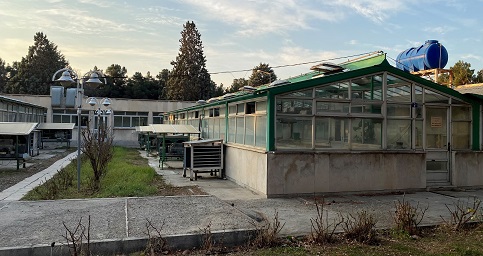
The main goals of Cereal Research Department are to breed and release bread wheat, durum wheat, barley, triticale and rye cultivars with following characteristics:
Genetic potential for high yield and wide and specific adaptation and yield stability
Resistance (tolerance) to biotic and abiotic stresses
Favored quality of flour for bread making, semolina for pasta products, forage and grain for feeding farm animals and poultry diets and malt for non-alcoholic beverages.

Some strategies that are implemented in Cereal Research Department to reach these goals are as follows:
Determination of wide and specific adaptation and yield stability of advanced and elite lines.
Study of parents for general and specific combining ability, estimation of heritability of different traits.
Survey of cereal pathogens in different agro-ecological zones, identification of physiological races/ biotypes of pathogens causing major cereal diseases and determination of their virulence.
Evaluation of wheat and barley germplasm for sources of resistance to biotic and abiotic stresses.
Evaluating quality of bread wheat, durum wheat and barley lines and varieties.
Studying genetic diversity of wheat and barley landraces in the CRD germplasm collection based on biochemical and cytological markers.
Collaboration with international agricultural research institutes such as CIMMYT and ICARDA and also national programs of some countries such as China, Russia, and France, Hungary and Turkey and evaluating cereal germplasm received from these centers and also scientific collaboration with domestic and international universities.